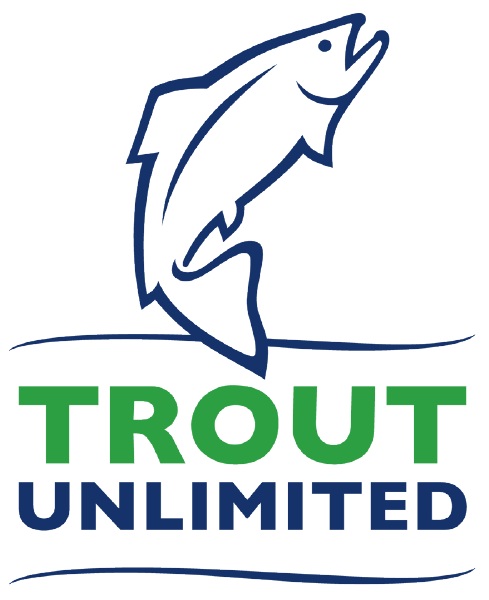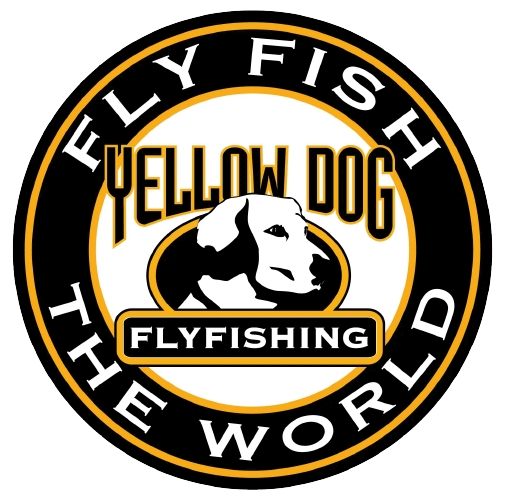Chum Salmon Fishing in Southeast Alaska: What to Know
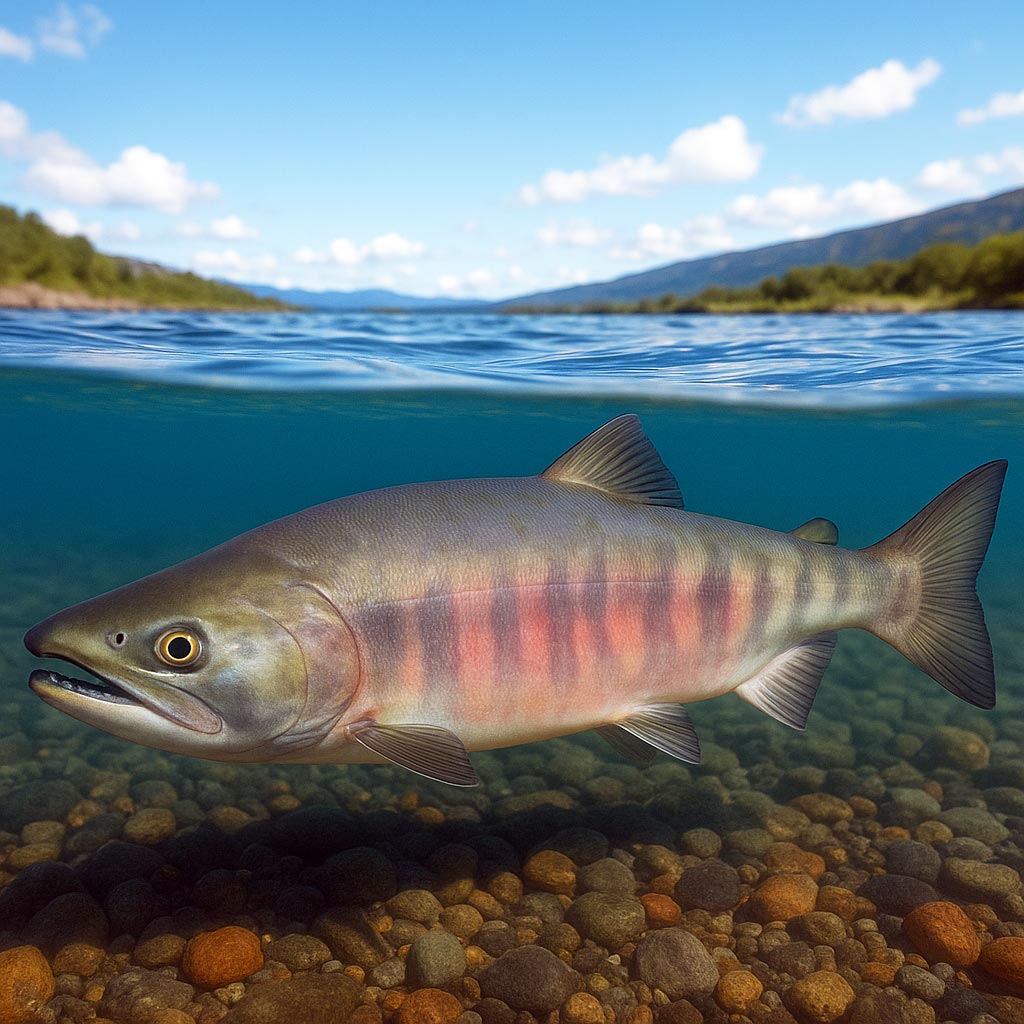
Every summer, rivers and streams on Prince of Wales Island come alive with chum salmon, also known as dog salmon. These powerful fish may not get as much attention as kings or silvers, but they offer an unforgettable fight on the line and play a huge role in the local ecosystem. Whether you're looking to land one on a fly rod or just curious about their story, here's what you need to know about this tough and often underrated fish.
What Are Chum Salmon?
Chum salmon (Oncorhynchus keta) are one of five Pacific salmon species found in Alaska. They’re often called “dog salmon” because of the large canine-like teeth the males develop during spawning. In some parts of Alaska, they were also traditionally used as sled dog food, which helped give them that nickname.
At sea, chum salmon are silver with faint vertical bars. But when they enter freshwater to spawn, their look changes. Males develop hooked jaws and turn olive green with purple or reddish streaks across their sides. They typically weigh between 8 and 15 pounds, though they can reach over 20 pounds.
Chum have one of the longest migrations of all Pacific salmon. After spending several years in the ocean, they return to the exact stream where they were born to spawn—often swimming hundreds of miles to do so.
Chum Salmon Season: When Is the Best Time to Fish for Dog Salmon?
Mid-July to Mid-August
Chum salmon return to Prince of Wales Island in early July. Peak season runs from mid-July through mid-August, when fish gather in estuaries and nearshore waters before heading upstream.
The best fishing usually happens when chum are staging in saltwater or just entering freshwater. At this point, they’re still silver, aggressive, and put up a strong fight when hooked. Once they move deeper into the rivers and start spawning, they lose their silver color and become less active.
Want the best shot at nonstop action? Book your fishing trip for the last two weeks of July or early August—these dates hit the heart of the run. Space fills fast during peak season, so lock in your spot now before the calendar fills up!
Local weather and stream levels can shift things slightly. Reach out to local guides or check ADF&G updates to fine-tune your timing.
Chum Salmon Habitat Around Prince of Wales Island
Prince of Wales Island offers excellent chum salmon habitat. These fish prefer medium to large streams and rivers with gravel bottoms and steady flow. You'll find chum returning to many creeks and rivers that empty into the surrounding saltwater.
Some of the best spots near Boardwalk Lodge include streams that flow into Kasaan Bay, Polk Inlet, and the Thorne River system. The peak of the chum salmon run usually hits from mid-July through August, though timing can shift slightly from year to year.
Chum salmon often stage in estuaries and nearshore waters before moving upstream. These areas are great for sight-fishing or swinging flies to aggressive pre-spawn fish.
Fishing for Chum Salmon
Fishing for chum salmon is all about fun. They’re not usually prized for their meat—especially once they enter freshwater—but they’re strong, aggressive, and will fight hard once hooked.
Gear Recommendations
Fly anglers should use 8- or 9-weight rods with floating or sink-tip lines. For conventional gear, medium-heavy spinning rods paired with 20–30 lb braided line work well. Chum aren’t leader shy, so you can go heavy without worry.
Best Flies and Lures
Chum are aggressive and will strike a variety of flashy flies and lures. Try:
• Pink or chartreuse streamers
• Egg-sucking leeches
• Bright spoons or spinners (pink, orange, or green)
• Jigs under a float in slower water
Look for holding fish in slow-moving pools or seams. Cast slightly upstream and let your presentation swing across the current. Once hooked, be ready for runs and quick bursts of energy.
Respect the Resource
Many chum caught in rivers are already close to spawning and not great for eating. It’s common for anglers to catch and release these fish. If harvesting, focus on chrome-bright fish still in saltwater or estuaries. Always keep handling time short and use barbless hooks to reduce harm.
Chum Salmon Behavior and Spawning
Chum salmon are the second most abundant salmon in Alaska and play a big part in the life cycle of the region. They return to spawn in large groups, often in the same small creeks where they hatched.
During spawning, males become territorial and develop strong jawlines and large teeth for fighting off rivals. Females dig nests, or redds, in the gravel and lay their eggs while the males fertilize them. After spawning, all chum salmon die, leaving behind nutrients that feed the entire ecosystem—birds, bears, insects, and even the trees benefit from their presence.
It’s common to see eagles, ravens, and even bears feeding on chum during peak season. Watching this cycle play out is a great reminder of how connected everything is in Southeast Alaska.
Rules and Regulations for Chum Salmon in Southeast Alaska
Before you head out, make sure you're following all state fishing laws. The Alaska Department of Fish and Game (ADF&G) sets the fishing regulations, and they can change based on run strength and conservation needs.
Here’s what to know:
Fishing License: Anyone 16 or older (non-resident or resident) must have a valid Alaska sport fishing license. You can purchase one online or directly through the Boardwalk Lodge.
King Salmon Stamp: Not required for chum, but keep this in mind if you plan to fish for kings as well.
Bag and Possession Limits: Limits for chum can vary depending on the area. In many parts of Southeast Alaska, including around Prince of Wales Island, the daily limit is 6 salmon per day, with no more than 1 or 2 being king salmon, depending on current regulations. Chum count toward your total.
Tackle Restrictions: In some streams, especially near spawning beds, only single hooks may be allowed. Barbless hooks are encouraged.
Catch-and-Release: If you plan to release fish, handle them carefully. Wet your hands before touching them and avoid pulling them out of the water if possible.
Updated Emergency Orders: ADF&G may change rules mid-season. Always check the current emergency orders before fishing.
Boardwalk Lodge’s guides stay current on all regulations and will help ensure you fish legally and respectfully.
The Value of Chum Salmon in Alaska
Chum salmon play a key role in Alaska’s fisheries and ecosystems. Their strong returns support both subsistence and commercial harvests across the state, especially in Western and Interior regions. In Southeast Alaska, they show up in big numbers and give anglers steady action during mid-to-late summer.
Historically, people dried chum for winter use or fed them to sled dogs. Today, they still support commercial harvests and round out the season for many local fishers.
Beyond fishing, chum salmon fuel the landscape. Their return brings marine nutrients into rivers and forests, feeding birds, bears, and more. Every run keeps Southeast Alaska thriving.
Experience Chum Season at Boardwalk Lodge
Boardwalk Lodge is perfectly placed for guests who want to fish for chum salmon while enjoying the beauty of Prince of Wales Island. Our experienced guides know the best creeks and streams to target and provide everything you need for a successful day on the water.
During mid-to-late summer, chum salmon runs are often overlapping with pinks, silvers, and even some late sockeye or early coho. You might hook several species in one trip. And after a full day of fighting salmon, you’ll return to lodge comforts: warm meals, cozy cabins, and true Alaskan hospitality.
Chum salmon offer nonstop action in remote creeks and scenic rivers. It’s a true Alaska fishing experience—wild, active, and unforgettable.
Final Thoughts
Chum salmon may not get the spotlight, but they’re strong, wild, and important. They return year after year to the streams of Prince of Wales Island, putting on a show that’s hard to forget. Whether you're here for sport, photography, or just to learn, Boardwalk Lodge is a great place to experience it all.
Book your trip today and get ready to meet the dog salmon of Southeast Alaska.
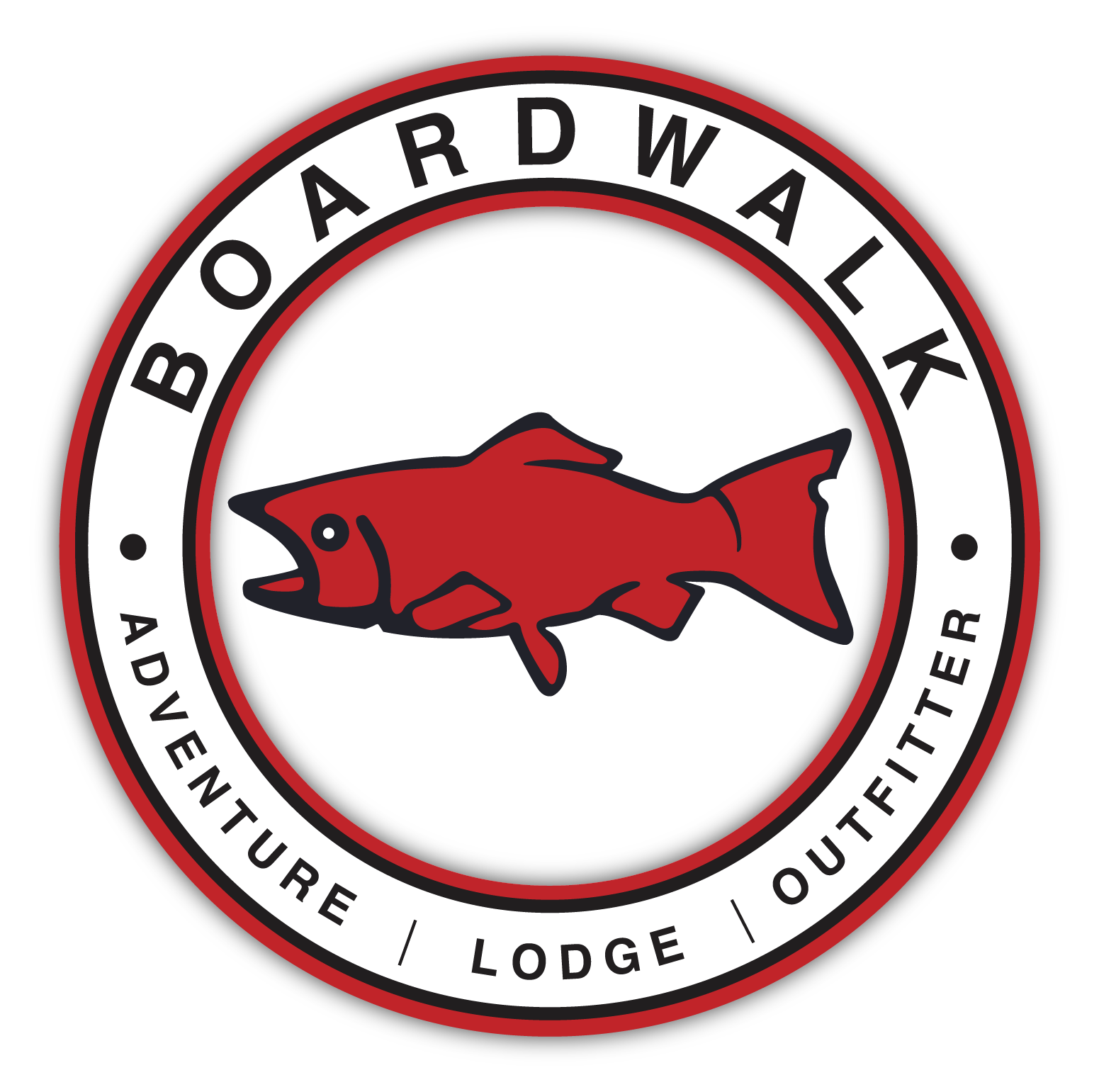
Support
Best Alaska Fishing
Boardwalk Lodge Supports
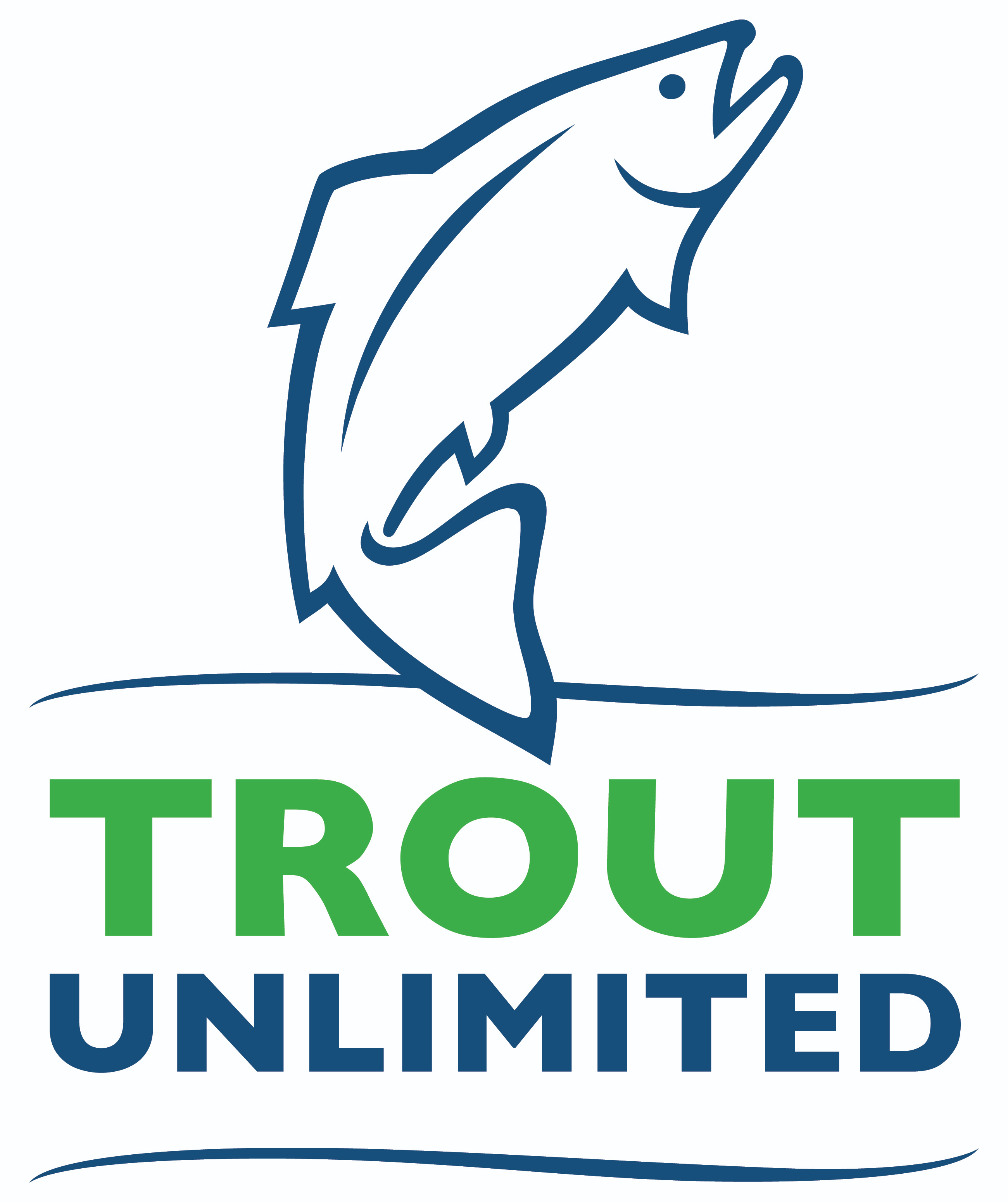





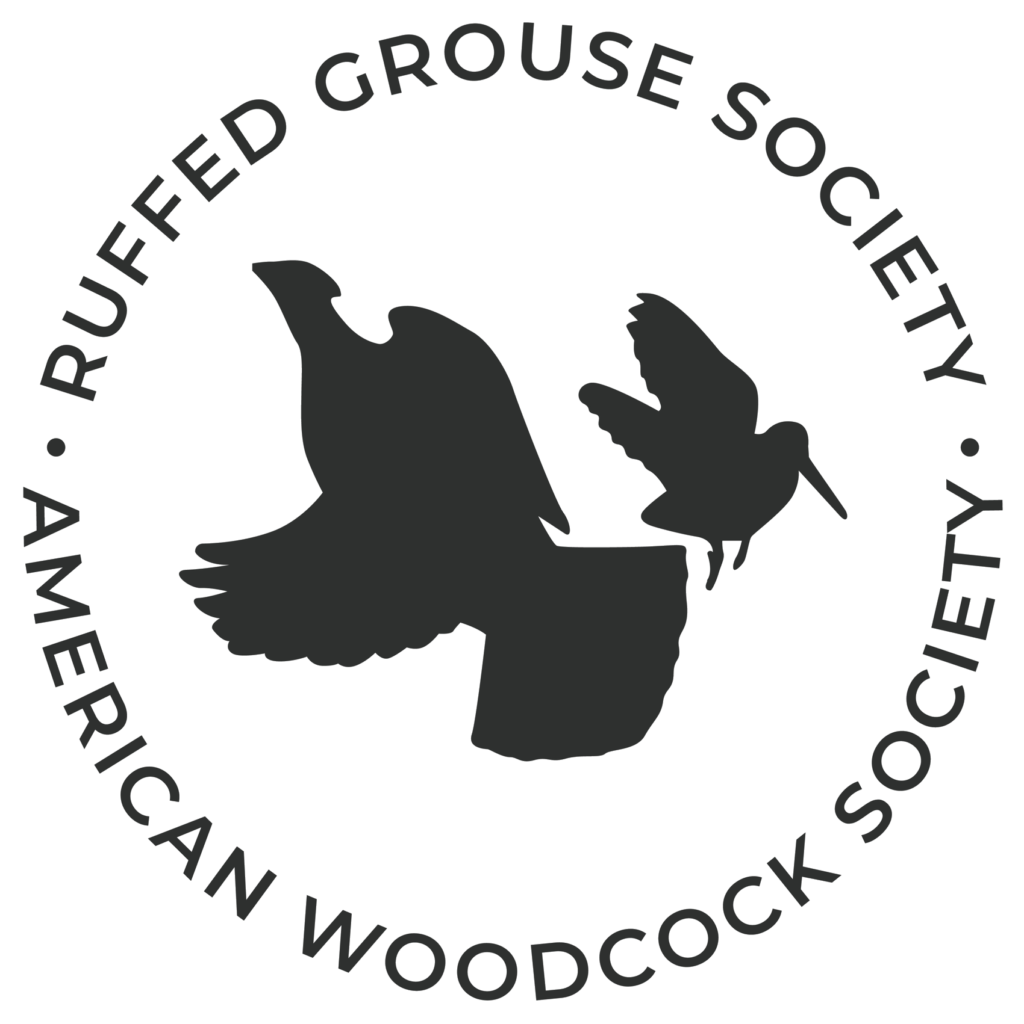
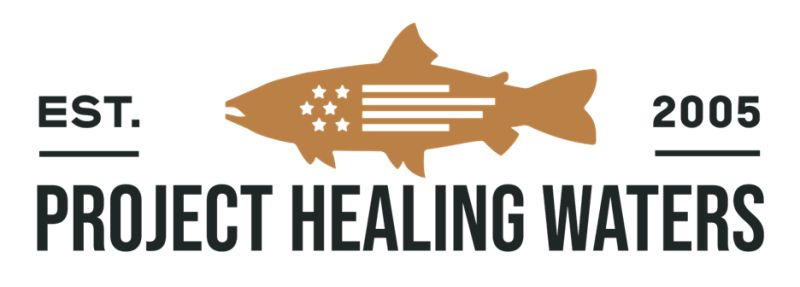
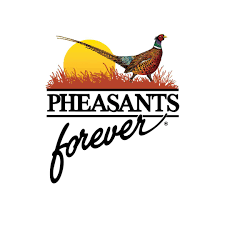
Our Partners


